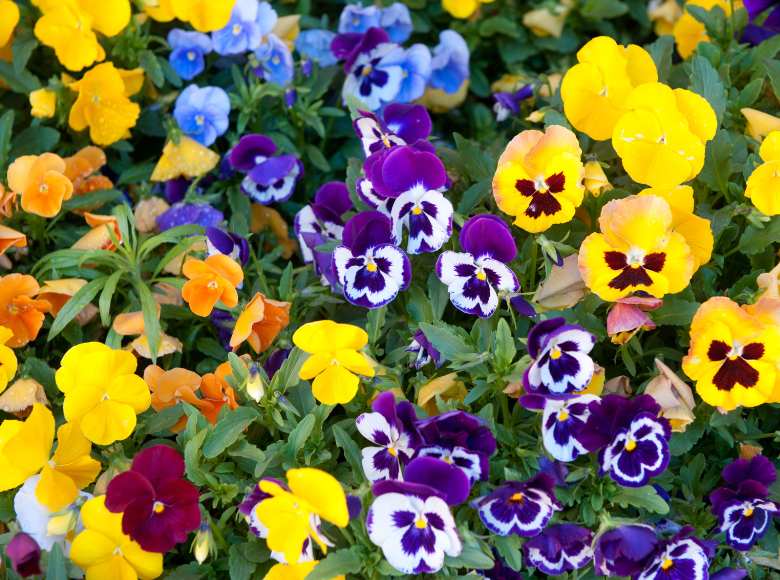In Florida, spring opens the way for long-awaited warm temperatures, ideal for outdoor enjoyment. Let’s check out what you can do to get your property’s landscape in shape for this upcoming season.
In the spring, it opens an opportunity for a few species of flowers and plants to be incorporated into the landscape. You can still plant all your cool season crops if you haven’t done it yet like broccoli, carrots, kale, and lettuce.
Now you might wonder, “What can I do to prepare for spring?”. February is an excellent time to prune non-spring flowering trees and shrubs to enhance their form. This is a nice time to plant fruit trees, providing their roots time to grow before the warmer spring conditions.
It is also a good time to fertilize and prune the existing trees that are dormant. When the temperatures are close to freezing several plant varieties will be required to be covered to reduce damage. It’s a nice time to plant a tree as well! Trees resistant to hurricanes include bald cypress, live oaks, cabbage palms, and southern magnolias. It is time to get rid of dead seed pods on the crape myrtles and eliminate any twiggy growth and crossing branches will enhance the form and appearance of the plant.
As February starts it will shortly be time to spread a pre-emergent weed killer to your lawn to stop the growth of warm-season weeds. Temperatures should rise to 65°F for 4 to 5 successive days before you do a pre-emergent application and ensure you’re not using a feed and weed fertilizer.
You can fertilize citrus and other fruit trees at this time. The frequency and amount will be based on the type and age of the fruit tree you have. To avoid any injury, refrain from pruning citrus up to spring as cold temperatures are possible till that time. You can prune roses at this time to eliminate damage and enhance the overall form. After you have completed the pruning, you can apply a fresh layer of mulch and fertilize. They must start blooming in under 8-9 weeks after being pruned.
Ways to Prepare for Spring
- Inspect shrubs and trees. Begin your spring tasks with a detailed inspection of your yard. Search for any branches that might be damaged or broken and prune them or have them eliminated by a professional.
Test your soil. Test it once every few years to ensure it has the appropriate mix of nutrients and pH balance. You can generally test your soil at the local agricultural extension office, or request your landscape or lawn care professional.
- Fertilize your lawn. The decision regarding whether or not to fertilize must be dependent on the nutrition needs required by your soil conditions.
- Fertilize shrubs and trees. Most trees, plants, and shrubs will benefit from appropriate fertilization along with a slow-release product that is used before mulch is applied.
- Control weeds. Spring is a good time to spread pre-emergent weed control for weeds.
- Clean up planting beds. Rake the old debris and leaves from plant beds and make natural, neat edges on all sides of the beds with an edging tool.
- Add a thick layer of fresh mulch of about one inch around trees and in plant beds. Avoid touching the mulch around tree trunks and don’t let the mulch gather more than a 3-inch depth. Mulch not just makes planting spaces look neat, but also aids in retaining moisture in the soil, retains the roots cooler in the summer, and protects them in the winter. As it decomposes, mulch adds organic matter to the soil.
- Check your irrigation system. After the weather has warmed up for the year, check if it is in working condition. If you have an irrigation or landscape company, they can do this for you.
At Down To Earth, our professional team is available throughout the year to provide you with landscape and yard maintenance services to keep your property looking at its best all year.

 Test your soil. Test it once every few years to ensure it has the appropriate mix of nutrients and pH balance. You can generally test your soil at the local agricultural extension office, or request your landscape or lawn care professional.
Test your soil. Test it once every few years to ensure it has the appropriate mix of nutrients and pH balance. You can generally test your soil at the local agricultural extension office, or request your landscape or lawn care professional.